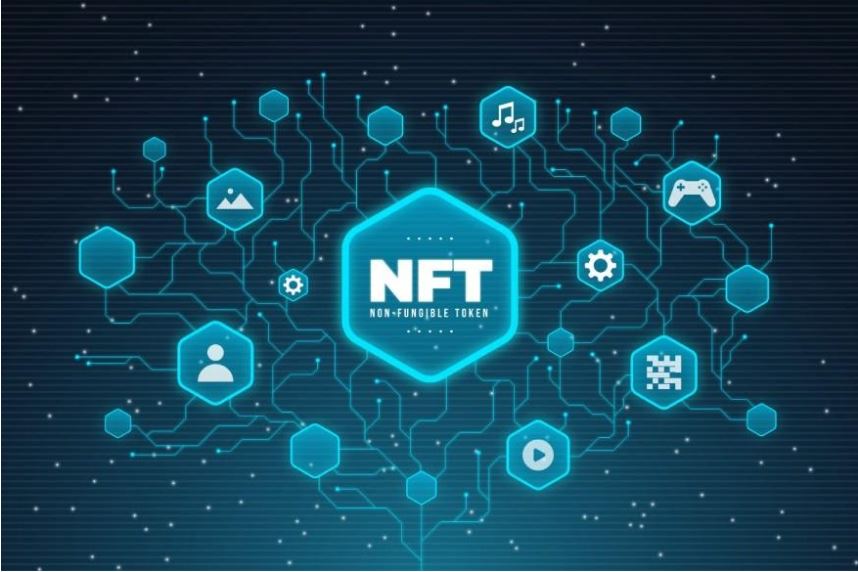If you've ever dipped your toe into the entire world of digital marketing, chances have you been realize that it could be both a pricey and challenging endeavor. But with the emergence of web3 technologies, there is now a fantastic new solution to advertise that promises to make the process simpler and more cost-effective than ever before. In this information, we will take a deep dive into decentralized advertising strategies with NFT marketing and explore the potential benefits it includes for businesses.

What's Web3?
Web3 technology is dependant on blockchain platforms like Ethereum, which allow for decentralized applications (dApps) and smart contracts to be created and deployed on a distributed ledger system. This afford them the ability to securely store data in a clear manner while also reducing the chance of censorship or manipulation by third-party actors. Additionally, it provides an efficient solution to track data linked to advertising campaigns such as impressions, clicks, and conversions in real-time.
Features of Web3 Advertising
One of the major advantages of using web3 technology for advertising is that it eliminates the necessity for middlemen, who often charge exorbitant fees for their services. By removing these intermediaries from the equation, businesses can drastically reduce their costs while still being able to track their campaigns accurately. Furthermore, since smart contracts are immutable and transparent, companies can be assured that no body is manipulating their data or using them in any way. Additionally, since web3 technology is powered by blockchain networks like Ethereum, users can benefit from faster transaction times and lower transaction fees when comparing to traditional payment methods such as credit cards or PayPal.
Another good thing about using web3 technology for advertising is its ability to achieve users in countries where traditional digital marketing channels may possibly not be available due to political or economic issues. For instance, many popular social media platforms are blocked in certain parts of China or Iran but decentralized applications built on Ethereum can be accessed by users in those regions without the problems. This permits businesses access to previously untapped markets which could potentially open up new opportunities for growth.

Conclusion:
Overall, decentralized advertising with web3 technology has tremendous potential when it comes to increasing reach and reducing costs for businesses across the world. With increased companies embracing blockchain technologies everyday, we will probably see even more innovative uses for this powerful tool over time. Therefore, forward-thinking marketers should start considering how they are able to leverage Web3 marketing strategies today if they would like to stay ahead of the curve!
